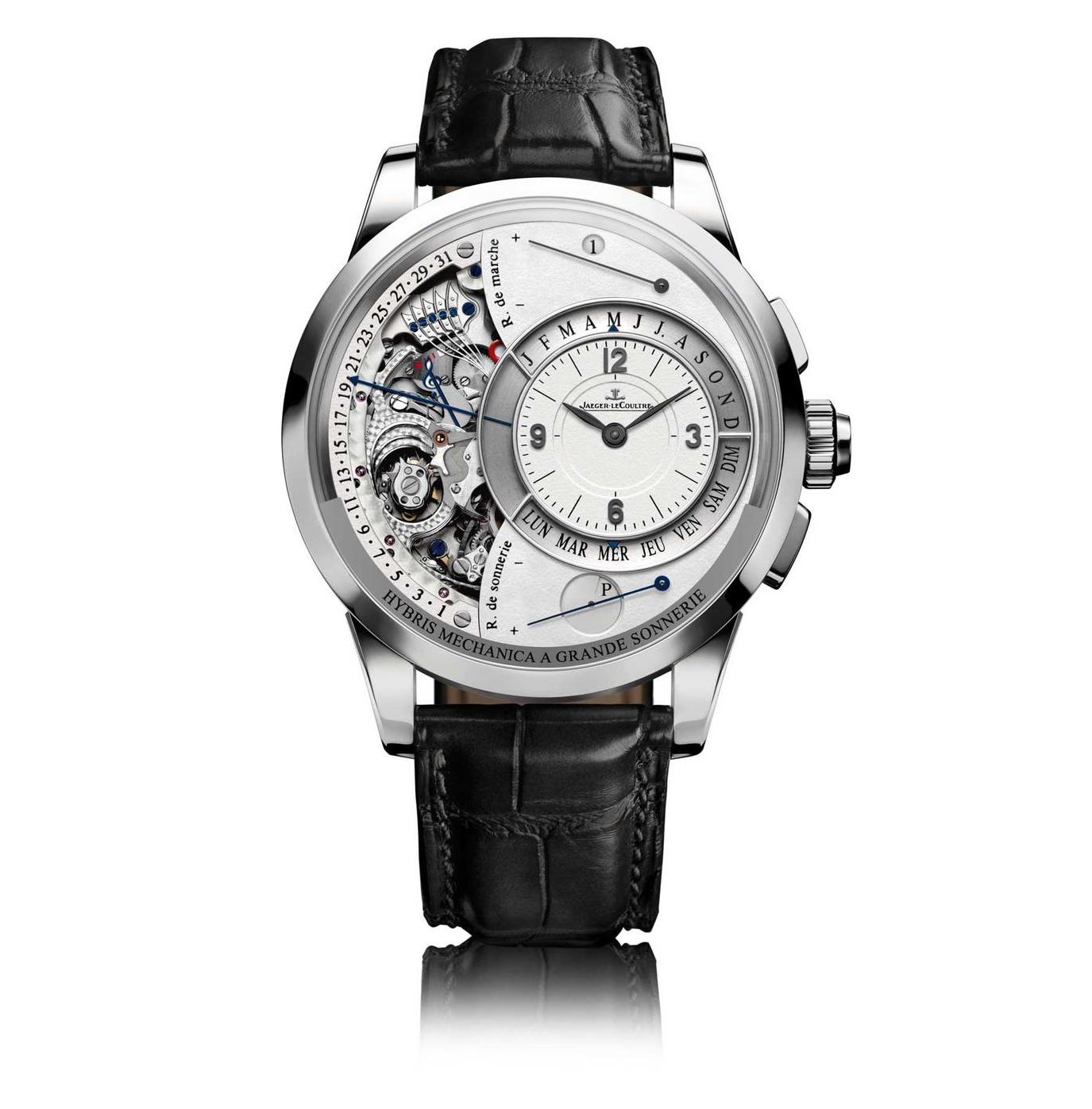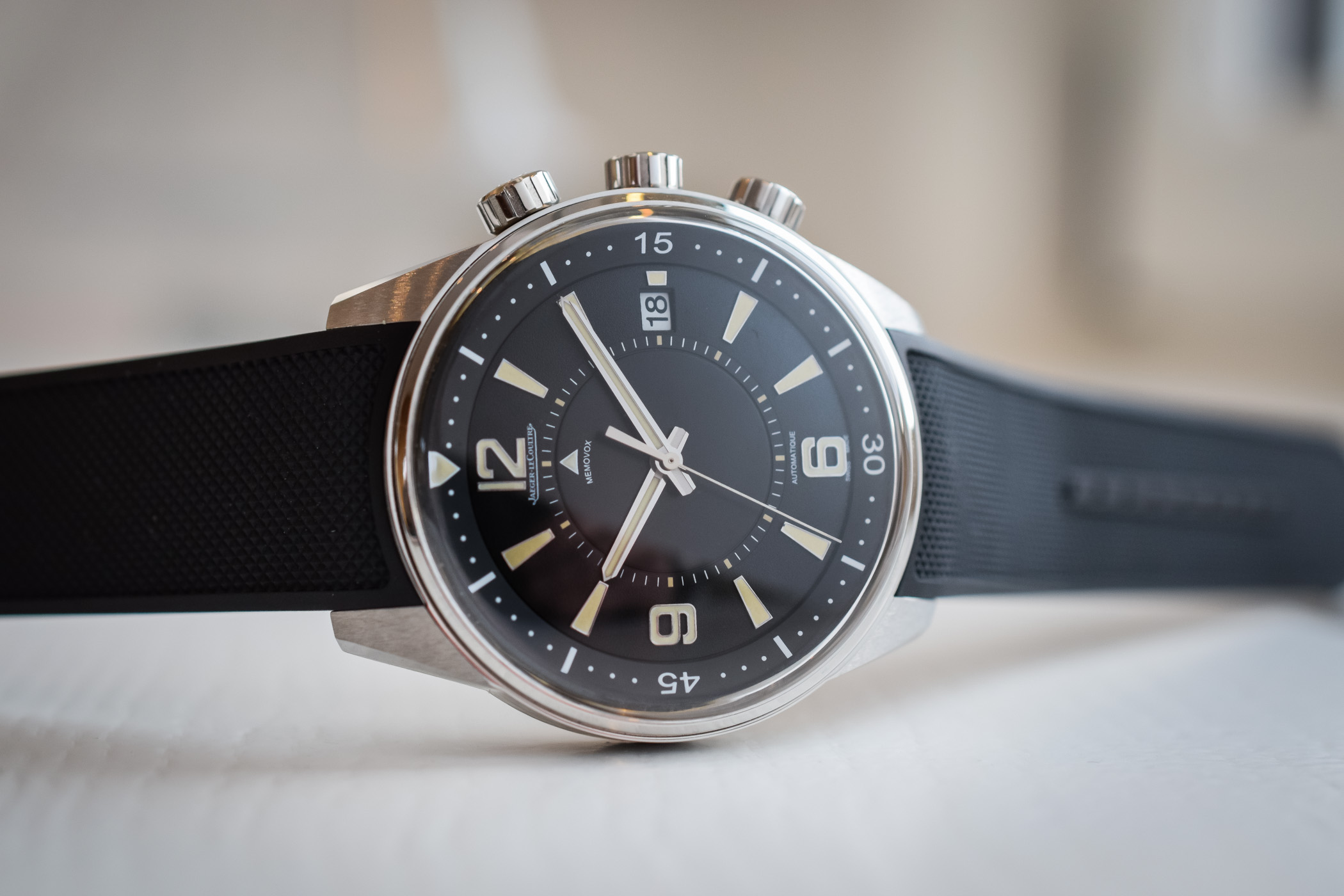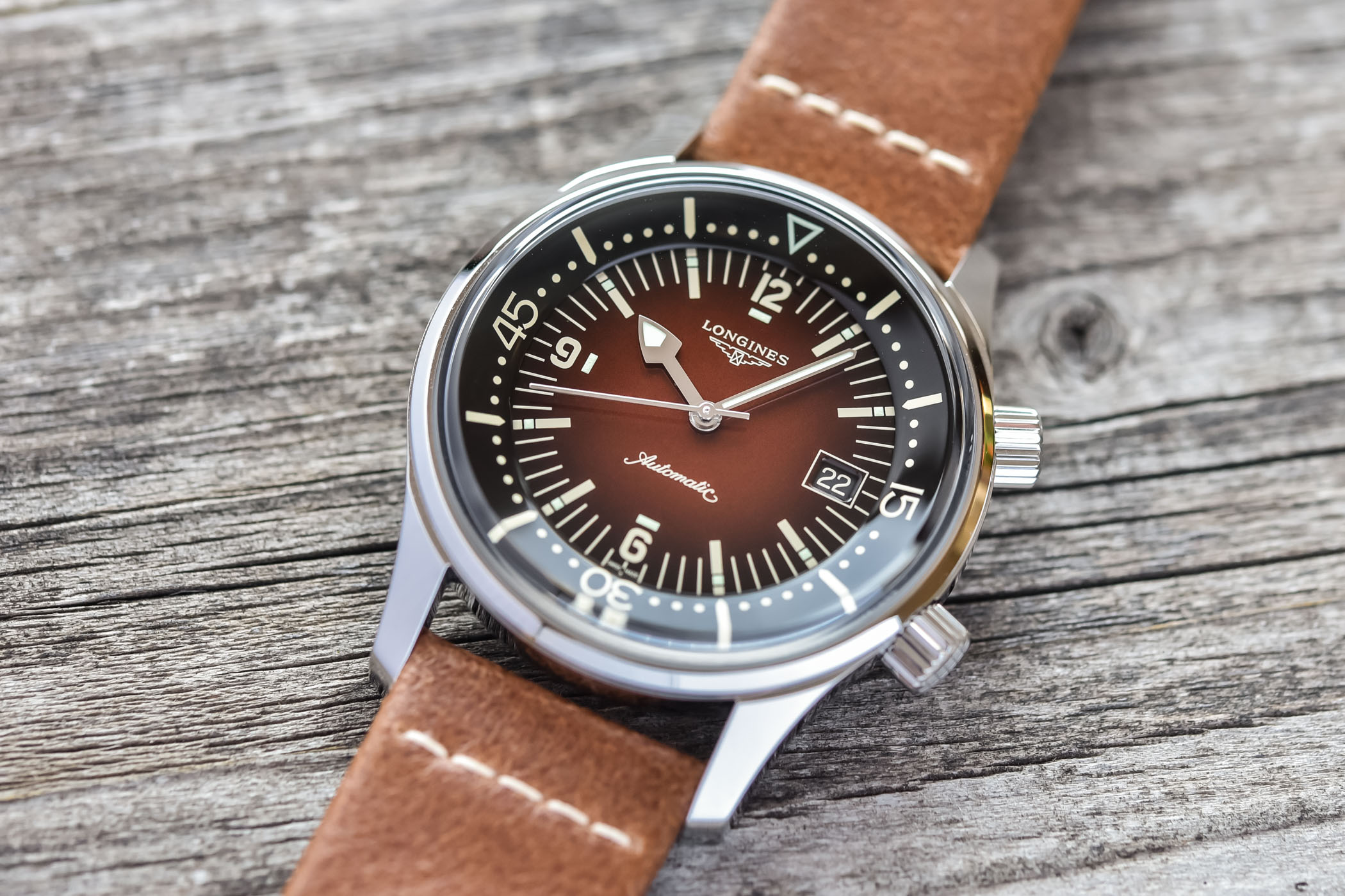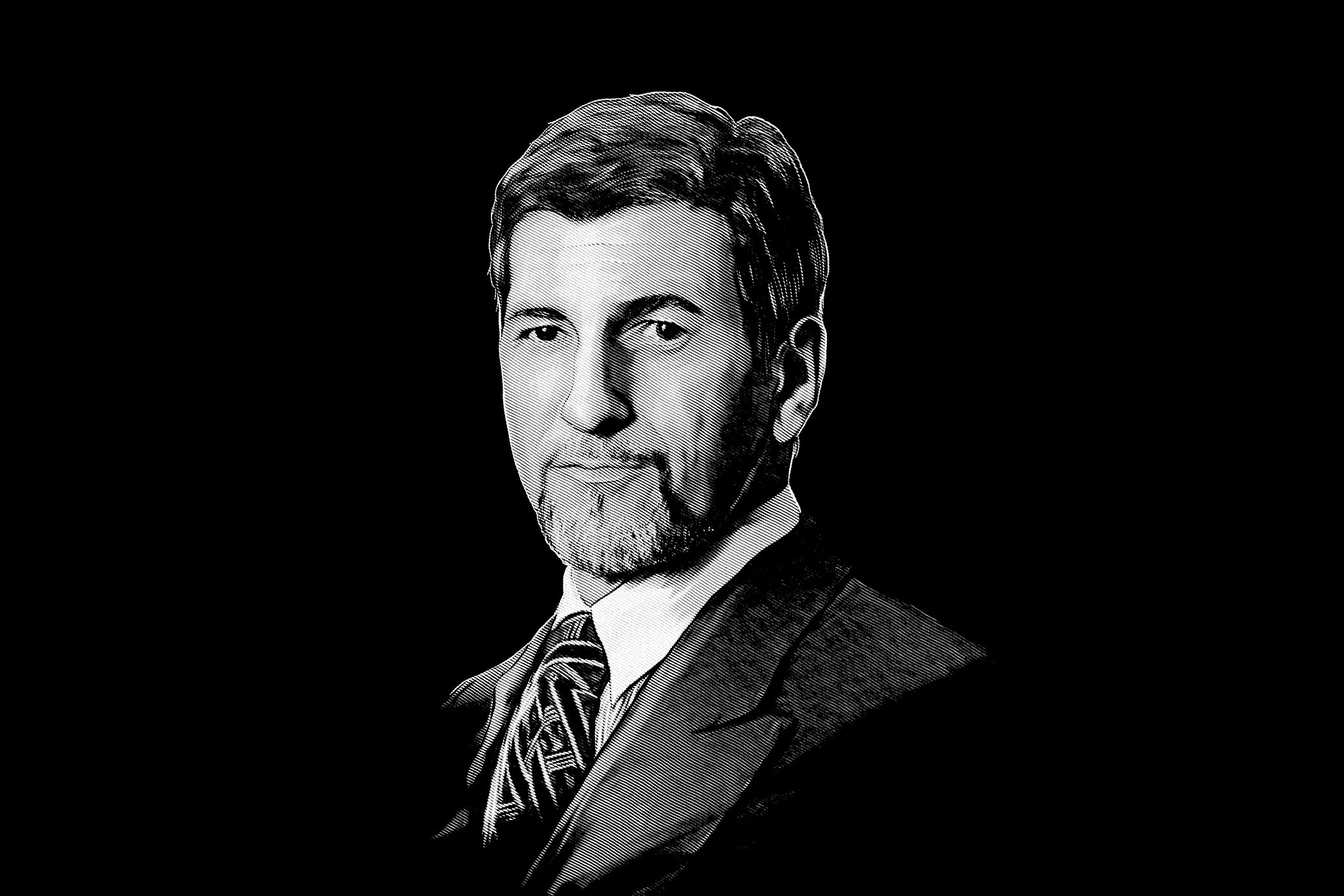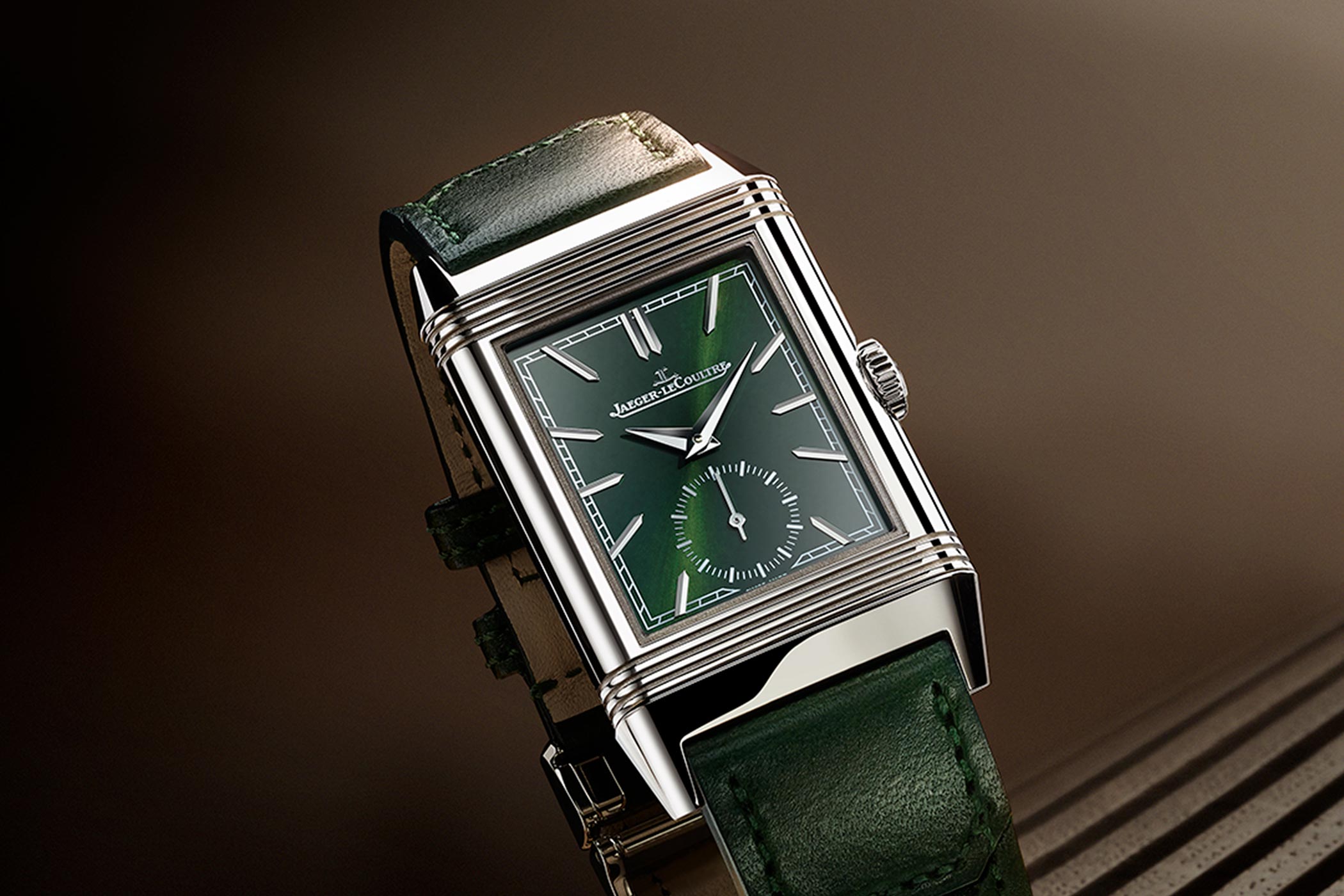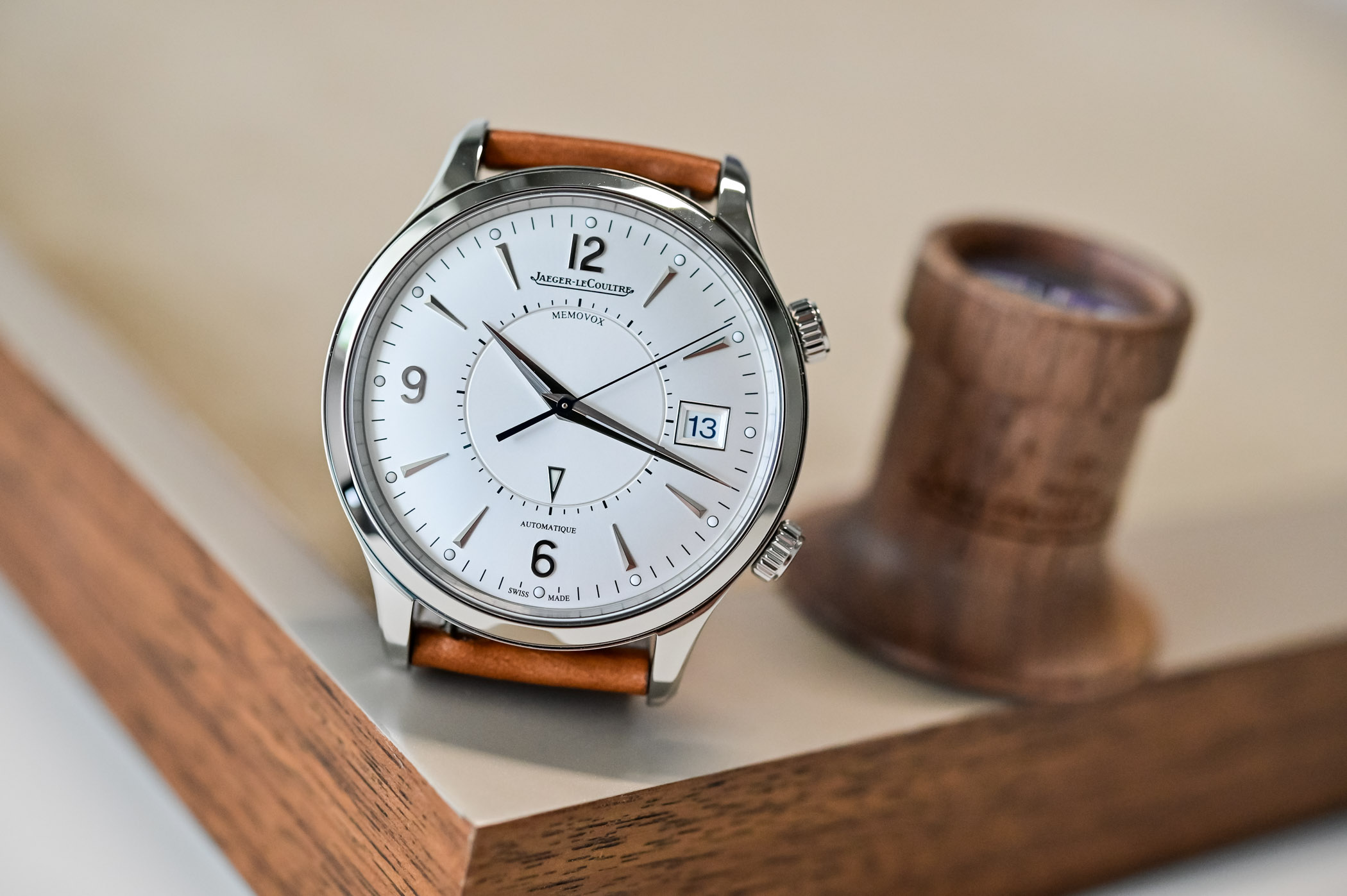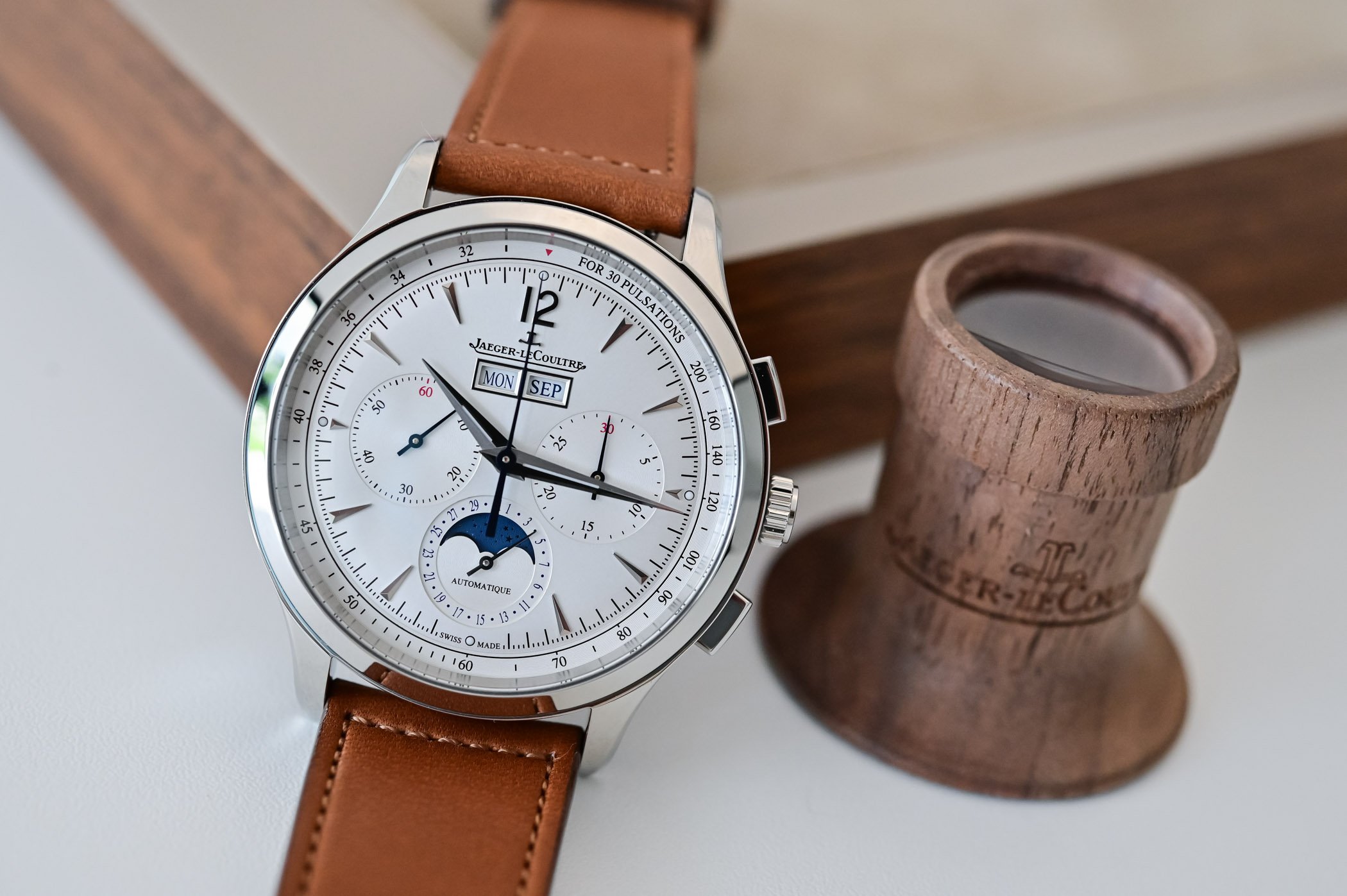Jaeger-LeCoultre
Swiss luxury watch manufacturer

Jaeger-LeCoultre was founded in 1833 by Antoine LeCoultre in Le Sentier, Switzerland. To date, the brand has produced over 1,200 different calibres, including the world's smallest movement (Calibre 101) and a near-perpetual movement with the Atmos clock. Notable owners include Charlie Chaplin, Robert Downey, Jr., Leonardo DiCaprio, Lyndon B. Johnson and Queen Elizabeth II. Although a renowned watch manufacturer, the brand also produced one of the most interesting cameras of the 20th century, the Compass in the 1930s, which was an ultra-compact 35mm shooter, machined from aluminium and among the most sophisticated of its time. The company never deviated from its core product, however, and remains one of the top luxury watch brands today. Jaeger-LeCoultre was acquired by Richemont in 2000 and Catherine Rénier is the current CEO.
Arguably the most iconic watch series ever produced by the company, the Art Deco lines of the Reverso collection (Latin for “I turn around”) was launched in 1931 as a purpose-built piece to withstand the rigours of polo matches. The original series allowed wearers to swivel the watch around within the outer case, protecting the crystal with the metal caseback facing forward. The time was hidden, but watches were much less likely to sustain damage during matches as a result. The series has evolved into more complicated, non-sporting versions with watch faces, complications and multiple designs on both sides. The Art Deco aesthetic remains while the original tool-ish concept is set aside (although many still remain faithful with solid casebacks).
In addition to its own timepieces, the company supplies movements and ébauches to some of the most respected industry names, and its expertise in calibre manufacturing is just one aspect of the overall picture. Jaeger-LeCoultre is among the most vertically integrated watchmakers with in-house production of dials, cases and movements, including specialities like enamel and guilloché dials, skeletonizing and hand engraving, swage production, heat treatments such as quenching, tempering and annealing, and more. A rare form of artistry in watchmaking is pictorial enamelling, where in-house enamel miniaturists combine the art of painting and alchemy. They have all mastered the traditional techniques of grand feu, champlevé, translucent, and cloisonné enamelling, and recent developments provide even greater levels of depth as light moves over the images.
Jacques-David LeCoultre, grandson of founder Antoine LeCoultre, began producing ultra-thin models in 1903 and just four years later, the LeCoultre Calibre 145 became the world’s thinnest movement at 1.38mm. The Master Ultra-Thin collection continues the legacy of Jacques-David with the Master Ultra-Thin 1907 model, one of the thinnest mechanical watches in the world. At just 4.05mm in height, it features one of the world’s thinnest manually wound movements at just 1.85mm, the Jaeger-LeCoultre calibre 849. The collaboration between Jacques-David LeCoultre and Edmond Jaeger (a watchmaker for the French Navy), which began in 1903 when Edmond challenged Swiss watchmakers to develop and produce his invented ultra-thin movements, led to the company’s final name in 1937, Jaeger-LeCoultre.
Recent developments include the Master Gyrotourbillon series with a multi-axis tourbillon, originally produced in 2004 and among the first in the world. The Duomètre collection from 2007 features the Dual-Wing concept, which has two distinct watchmaking mechanisms: one to ensure precision and another for the complication, both of which are synchronized by a single regulating part. The 2009 Hybris Mechanica à Grande Sonnerie, among the most complicated wristwatches with 26 complications (over 1,472 parts), can play one of the longest melodies ever by a Grande Sonnerie – a Westminster chime reproducing the sound of Big Ben. Innovative from the start, Jaeger-LeCoultre continues pushing horological boundaries to levels rarely seen in traditional watchmaking.


